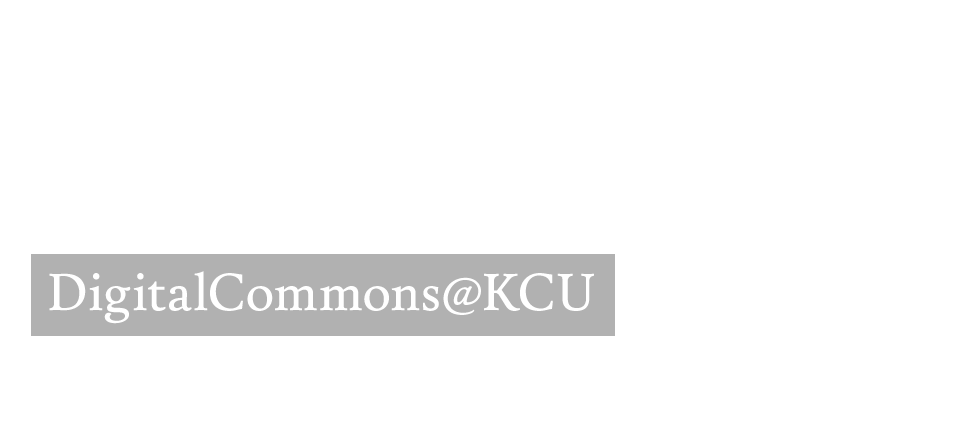Document Type
Article
Publication Title
Journal of Orthopedics and Physiotherapy
Abstract
Periprosthetic joint infections (PJIs), are a serious complication following total joint arthroplasty (TJA) of the hip and knee. Antimicrobialimpregnated dressings (AMIDs) are emerging as an adjunct measure to reduce microbial growth at the surgical site. This literature review examines the evidence regarding iodine and silver AMIDs in primary TJA of the hip and knee. Evidence indicates that use of AMIDs can be highly beneficial in high-risk infection patients, especially silver-based AMIDs to reduce the incidence of PJIs. Studies showed silver- and iodine-based AMIDs have comparable effects on healing wounds colonized by Staphylococcus aureus. There remains debate regarding the appropriate clinical setting to utilize AMIDs, as they are generally more expensive than traditional dressings. Multiple studies demonstrate the utility and cost-effectiveness of AMIDs in reducing the risk of PJIs, including one study estimated that using AMIDs, particularly with silver, could reduce the nationwide cost of PJIs from $500 million to $125 million. Silver-impregnated dressings were more expensive than iodine ($38.05-40 versus $18.07 on average), but there is variability in costs and product availability depending on facility contracts, among other factors. More research is needed to investigate optimal composition of AMIDs, the appropriate patient populations to utilize AMIDs in, and if it is cost effective for routine use in primary TJA of the hip and knee.
DOI
10.61440/JOP.2025.v3.27
Publication Date
6-25-2025
Keywords
Orthopedic Surgery, Total Joint Arthroplasty, Postoperative Wound Management, Antimicrobial Dressing, Periprosthetic Joint Infection
ISSN
3033-358X
Recommended Citation
Critelli M, Rasmussen J, Shindler S, Reasch C, Patel A, Patel M, Law J. Impact of Antimicrobial-Impregnated Dressings on the Rate of Periprosthetic Joint Infections in Primary Joint Arthroplasty Surgeries of the Hip and Knee. Journal of Orthopedics and Physiotherapy. 2025; 3(2). doi: 10.61440/JOP.2025.v3.27.

